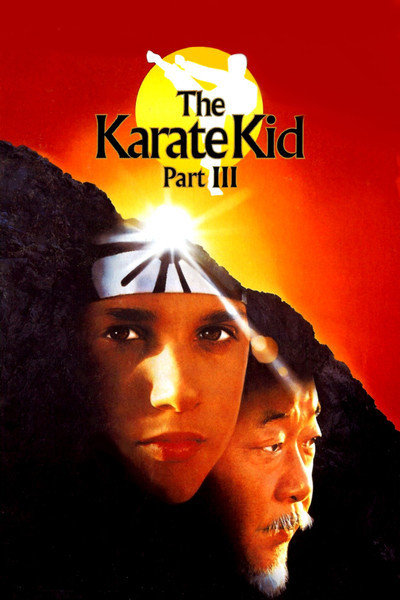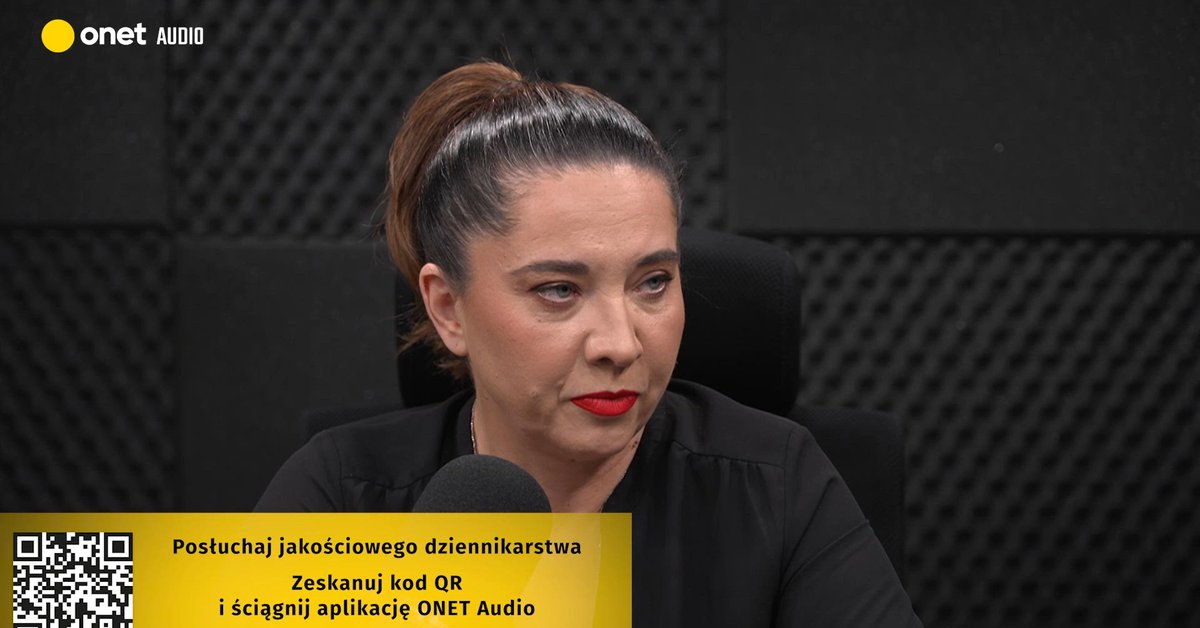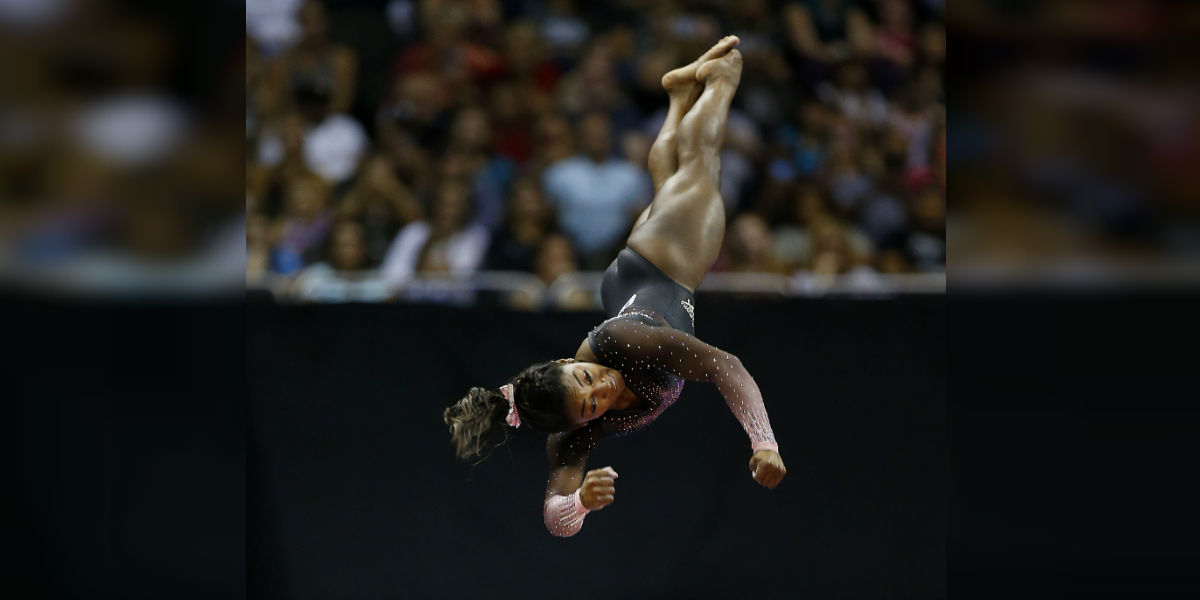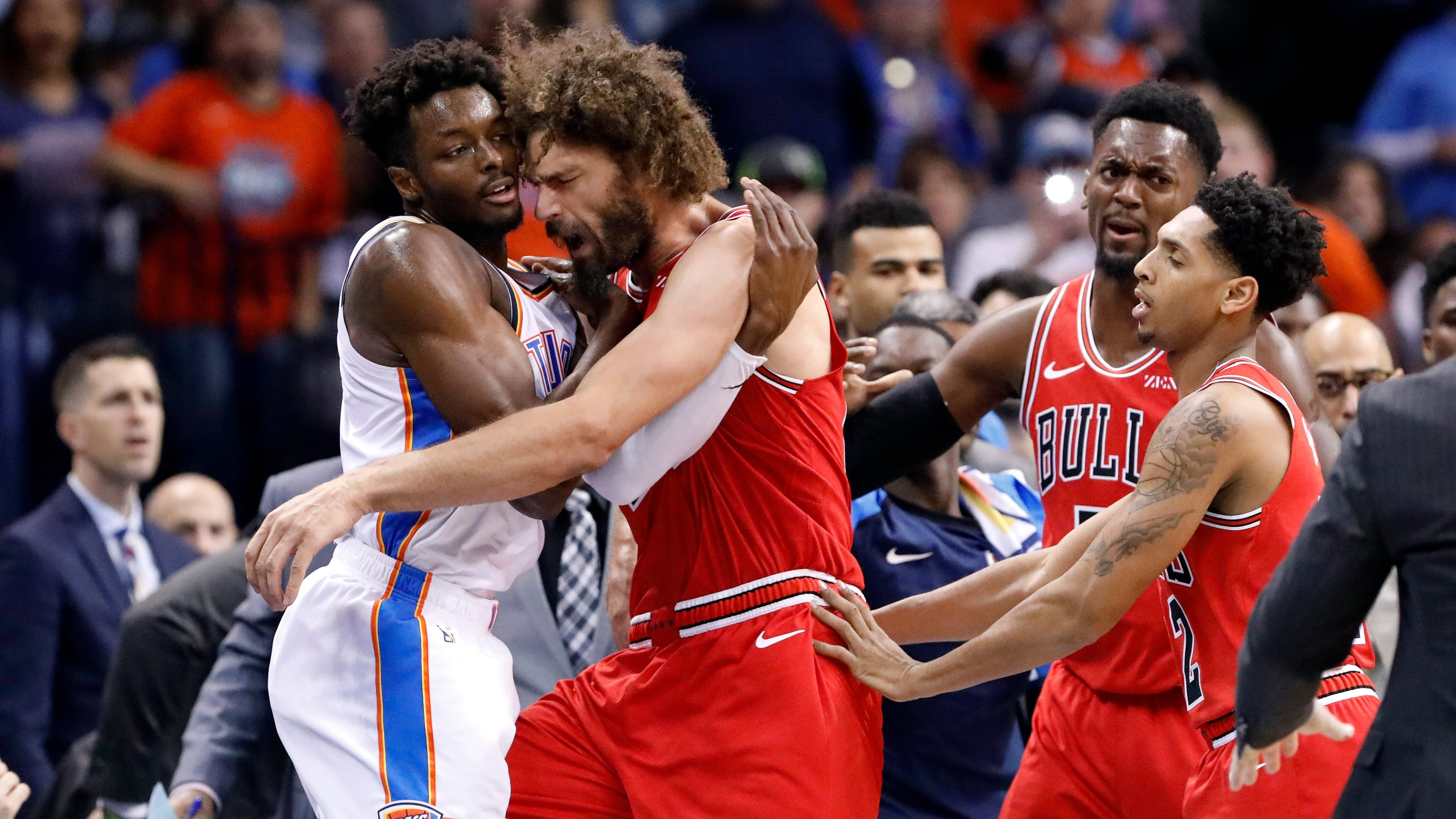Reviewing The Karate Kid Part III: Legacy And Lasting Impact

Table of Contents
The Narrative and its Impact on the Franchise
Terry Silver's Role and Villainous Legacy
The Karate Kid Part III introduces Terry Silver, a character who quickly establishes himself as one of the most compelling and enduring antagonists in the Karate Kid universe. His sophisticated cruelty and manipulative nature elevate him beyond a simple “bad guy,” cementing his place as a truly memorable Karate Kid villain.
- Motivations: Driven by a desire for revenge against Daniel LaRusso for his role in ruining John Kreese’s life, Silver masterfully orchestrates a plan to destroy Daniel both physically and mentally.
- Fighting Style: Unlike Kreese's brutish approach, Silver's fighting style is more calculated and strategic, reflecting his cunning personality. He utilizes Cobra Kai’s aggressive techniques but with a more refined and deadly edge.
- Manipulative Tactics: Silver’s manipulative skills are his greatest weapon. He uses psychological warfare, exploiting Daniel's vulnerabilities and pushing him to his limits. This is a stark contrast to the more direct aggression of Kreese.
- Cobra Kai Continuation: The impact of Terry Silver extends far beyond the original trilogy. His reappearance and continued development in the Cobra Kai series demonstrates his lasting power as a franchise villain, further solidifying his iconic status. He's become arguably the most complex and layered villain in the entire Karate Kid extended universe.
Daniel LaRusso's Struggles and Growth
While facing the formidable Terry Silver, Daniel LaRusso undergoes a significant emotional journey. This Karate Kid protagonist experiences challenges that push him to his limits, ultimately leading to profound personal growth.
- Emotional Journey: Daniel's internal conflict stems from the trauma of the previous battles and the relentless pressure from Silver. He grapples with doubt, anger, and the temptation to resort to violence.
- Training with Mr. Miyagi: His training with Mr. Miyagi intensifies, focusing on more than just physical prowess. It emphasizes self-control, discipline, and the importance of inner peace.
- Ultimate Triumph: Daniel ultimately triumphs, not solely through fighting prowess, but through the lessons of patience, resilience, and inner strength. This showcases his maturation and strengthens his character arc considerably.
- Character Arc Comparison: Compared to previous films, Part III sees Daniel grappling with more complex emotional struggles and navigating a more morally ambiguous situation. This added complexity deepens his character and adds to the film's overall emotional impact.
Critical Reception and Box Office Performance
Critical Reviews and Audience Response
Karate Kid Part III received mixed reviews upon its release. While some praised the intensified action and the compelling villain in Terry Silver, others criticized the film for its darker tone and the perceived deviation from the lighter, more family-friendly approach of its predecessors.
- Strengths and Weaknesses: The film's strengths lay in its compelling antagonist, enhanced fight choreography, and emotional depth. However, some critics found the plot less engaging than the previous films and considered the increased violence to be excessive.
- Box Office: While financially successful, its box office performance was lower than the previous two installments, contributing to the perception of it as the "weakest" film in the trilogy.
- Current Standing: Despite mixed initial reviews, Karate Kid Part III has gained a cult following over the years, with many fans appreciating its darker themes and more complex characters.
The Film's Place in 80s Cinema
The Karate Kid Part III is deeply rooted in the cultural landscape of 1980s cinema. Its themes of perseverance, self-discovery, and the triumph of good over evil resonated strongly with audiences at the time.
- Social and Cultural Influences: The film reflects the prevailing social anxieties of the 1980s, notably exploring themes of bullying, social pressure, and the search for identity.
- Martial Arts Genre Contribution: Karate Kid Part III helped cement the popularity of martial arts films within mainstream American cinema. The sophisticated fight choreography and compelling storyline elevated the genre beyond simple action flicks.
- Impact on 80s Pop Culture: The film's soundtrack, iconic imagery, and quotable lines ensured its place in 80s pop culture. Its characters and themes remain recognizable and referenced to this day.
The Enduring Legacy of The Karate Kid Part III
Influence on Subsequent Media
The influence of Karate Kid Part III continues to be felt, particularly in the Cobra Kai series. The film's characters and themes have been revisited and reinterpreted, adding layers of complexity to the franchise's narrative.
- Cobra Kai’s Impact: Cobra Kai resurrected Terry Silver, giving him a complex and nuanced portrayal, significantly expanding his character arc. His return has proven highly popular, indicating the enduring power of his villainous legacy.
- Franchise Continuation: The Cobra Kai series demonstrates that even seemingly less-celebrated elements from the original trilogy can have a significant impact on the franchise's ongoing success.
- Terry Silver Resurgence: Silver's reappearance and development in Cobra Kai demonstrates the enduring popularity of his character, highlighting the lasting impact of The Karate Kid Part III.
Themes of Redemption and Perseverance
The film's themes of redemption and perseverance are enduringly resonant. These themes are central to Daniel's journey and continue to resonate with audiences today.
- Daniel’s Redemption Arc: Daniel's struggle against Silver becomes a testament to the power of perseverance and the importance of maintaining one's moral compass even in the face of intense adversity.
- Lasting Appeal: The themes of redemption and perseverance resonate because they are universal and timeless, making the film's messages applicable to audiences across generations.
- Enduring Messages: The film's exploration of these themes adds another layer of depth, ensuring the film’s continued relevance despite initial mixed reception.
Conclusion
The Karate Kid Part III's narrative, although initially met with mixed reactions, has played a significant role in shaping the overall Karate Kid franchise. Its compelling villain, Terry Silver, has become an iconic figure in popular culture, and the film's exploration of themes like redemption and perseverance remain relevant today. The film's cultural impact within the context of 1980s cinema, its surprising influence on Cobra Kai, and the continued discussion surrounding its merits and flaws all contribute to its lasting legacy.
Share your thoughts on The Karate Kid Part III in the comments below! Revisit the film and consider its place within the larger Karate Kid universe – ultimately, The Karate Kid Part III's legacy is a complex one, demanding further discussion of its lasting impact on the franchise and its enduring place in cinematic history.

Featured Posts
-
 Wyniki Najnowszego Sondazu Prezydenckiego Onetu Co Oznaczaja Dla Trzaskowskiego I Nawrockiego
May 07, 2025
Wyniki Najnowszego Sondazu Prezydenckiego Onetu Co Oznaczaja Dla Trzaskowskiego I Nawrockiego
May 07, 2025 -
 Buducnost Svetoveho Pohara 2028 Kto Sa Kvalifikuje
May 07, 2025
Buducnost Svetoveho Pohara 2028 Kto Sa Kvalifikuje
May 07, 2025 -
 Simone Biles Shares Stunning Honeymoon Pictures From South Africa
May 07, 2025
Simone Biles Shares Stunning Honeymoon Pictures From South Africa
May 07, 2025 -
 Intense Drama Revealed Pedro Pascal And Bella Ramsey In The Last Of Us Part Ii Trailer
May 07, 2025
Intense Drama Revealed Pedro Pascal And Bella Ramsey In The Last Of Us Part Ii Trailer
May 07, 2025 -
 Biles Celebra Una Gimnasta Repite Su Iconico Salto
May 07, 2025
Biles Celebra Una Gimnasta Repite Su Iconico Salto
May 07, 2025
Latest Posts
-
 The Long Walk Movie Trailer A Harrowing Journey Into Stephen Kings World
May 08, 2025
The Long Walk Movie Trailer A Harrowing Journey Into Stephen Kings World
May 08, 2025 -
 First Look The Long Walk Trailer Unveils A Gripping Horror Story
May 08, 2025
First Look The Long Walk Trailer Unveils A Gripping Horror Story
May 08, 2025 -
 The Untold Story Of The Oklahoma City Thunder And Chicago Bulls Offseason Deal
May 08, 2025
The Untold Story Of The Oklahoma City Thunder And Chicago Bulls Offseason Deal
May 08, 2025 -
 Re Examining The Thunder Bulls Offseason Trade A Deeper Dive
May 08, 2025
Re Examining The Thunder Bulls Offseason Trade A Deeper Dive
May 08, 2025 -
 Thunder Bulls Offseason Trade Separating Fact From Fiction
May 08, 2025
Thunder Bulls Offseason Trade Separating Fact From Fiction
May 08, 2025
